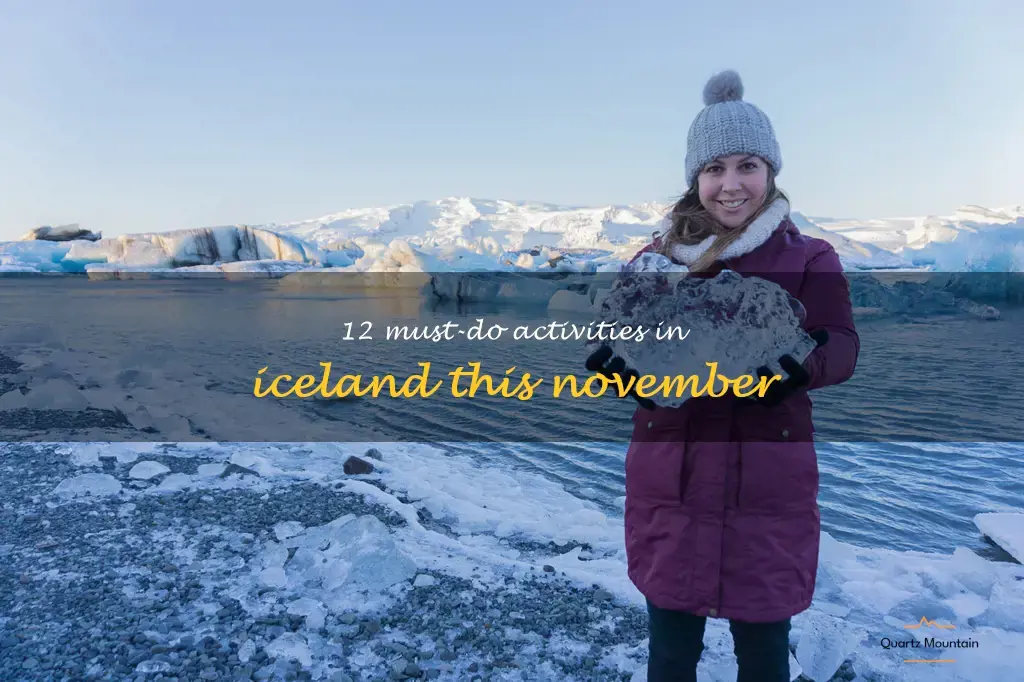
As the winter months approach, Iceland transforms into a breathtaking winter wonderland, offering a unique experience that is simply unmatched by any other destination in the world. With November being the perfect time to witness the natural beauty of Iceland, we've rounded up 12 must-do activities that will make your trip unforgettable. Get ready to witness stunning Northern Lights, soak in geothermal hot springs, and explore glaciers like never before. So pack your bags and join us on an Icelandic adventure like no other.
| Activity | Description |
|---|---|
| Northern Lights | Witness the dazzling display of colors in the night sky |
| Hot Springs | Soak in natural Hot Springs like the Blue Lagoon and Myvatn Nature Baths |
| Glacier Hiking | Explore stunning glaciers in Iceland |
| Whale Watching | Observe humpback and minke whales in the wild |
| Winter Festivals | Celebrate Icelandic culture and traditions during the winter season |
| Ice Caves | Discover hidden ice caves beneath frozen glaciers |
| Golden Circle Tour | Visit the famous geothermal area and waterfall in Iceland |
| Horseback riding | Experience riding Icelandic horses in the countryside |
| Volcano Exploration | Discover active and dormant volcanoes in Iceland |
| Adventurous Outdoor Activities | Choose from options like snowmobiling, snowshoeing, and ice fishing |
What You'll Learn
- Northern Lights viewing
- Bathe in the Blue Lagoon
- Glacier hiking
- Horseback riding
- Ice cave exploration
- Visit the Jökulsárlón Glacier Lagoon
- Snowmobiling on a glacier
- Golden Circle tour
- Whale watching
- Attend Iceland Airwaves music festival
- Explore Reykjavik's art galleries and museums
- Visit the Vatnajökull National Park

Northern Lights viewing
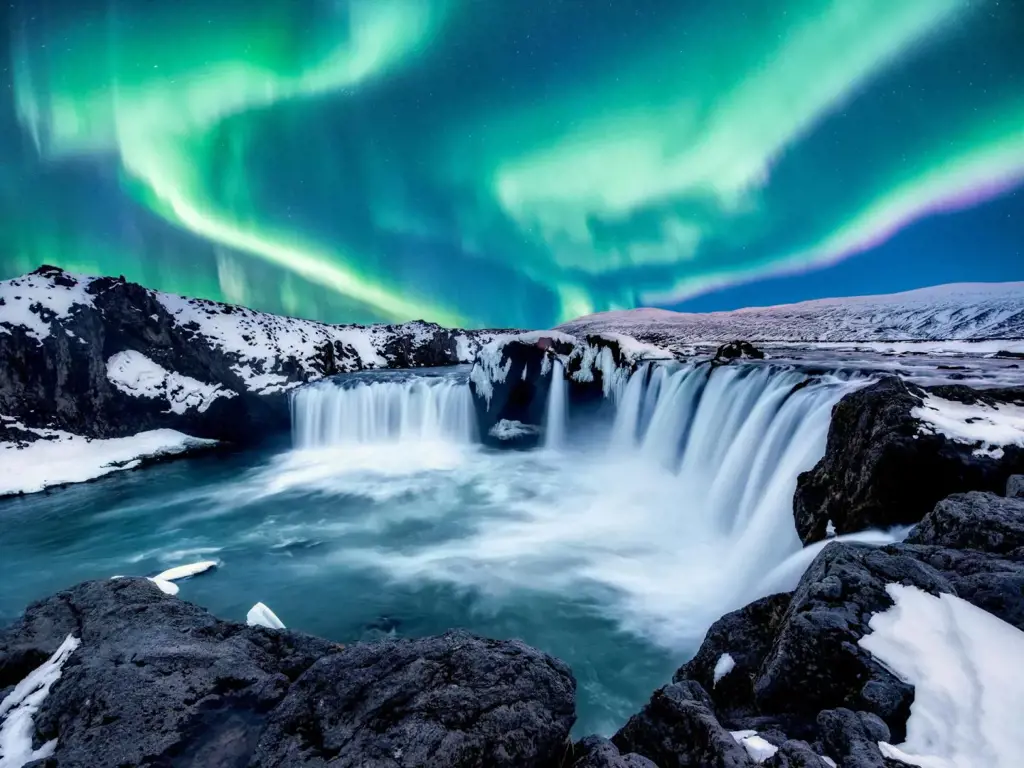
Iceland is known for its stunning natural beauty, and one of the most awe-inspiring sights that the country offers is the Northern Lights. November is a fantastic time to go to Iceland if you are hoping to catch a glimpse of this spectacular natural phenomenon. Here is everything you need to know about Northern Lights viewing in Iceland in November.
November is a great time to see the Northern Lights in Iceland because the sky is darker for longer, which means that the chances of seeing the lights are higher. In addition, the weather is generally colder and drier in November, and you are less likely to encounter cloudy or rainy skies that could obscure your view.
Where to go for the best Northern Lights viewing?
Many places in Iceland offer fantastic opportunities to see the Northern Lights, but some places are better than others. Reykjavik, the capital of Iceland, is often crowded with tourists, making it difficult to enjoy this natural wonder. Instead, head out into the countryside, far away from any light pollution.
The Golden Circle is an excellent place to start. The Golden Circle is a popular tourist route that includes many of Iceland's most famous landmarks, including the Thingvellir National Park, the Gullfoss waterfall, and the Geysir geothermal area. These attractions are fantastic to visit during the day, but they also provide a great backdrop for Northern Lights viewing at night.
Another great option is the Vatnajökull Glacier National Park. This park is home to many of Iceland's largest glaciers, and it is one of the best places in the country to see the Northern Lights. The park offers a range of activities, including guided tours and hikes, as well as opportunities for stargazing and aurora hunting.
Tips for Northern Lights viewing
If you are planning on viewing the Northern Lights in Iceland in November, here are some tips that will help you have the best experience possible:
- Be prepared for cold temperatures. The weather can get very cold in Iceland in November, so make sure to dress appropriately.
- Check the forecast. Northern Lights activity can be unpredictable, so make sure to check the aurora forecast before you go out.
- Avoid light pollution. The Northern Lights are best viewed in dark, remote locations, so make sure to get away from any city lights.
- Be patient. Seeing the Northern Lights is not guaranteed, so be prepared to wait for a while until the lights appear.
In conclusion, November is a fantastic time to see the Northern Lights in Iceland. With the right preparation and a bit of luck, you can witness this stunning natural phenomenon and create memories that will last a lifetime.
12 Free Things to Do in Madison, WI
You may want to see also

Bathe in the Blue Lagoon
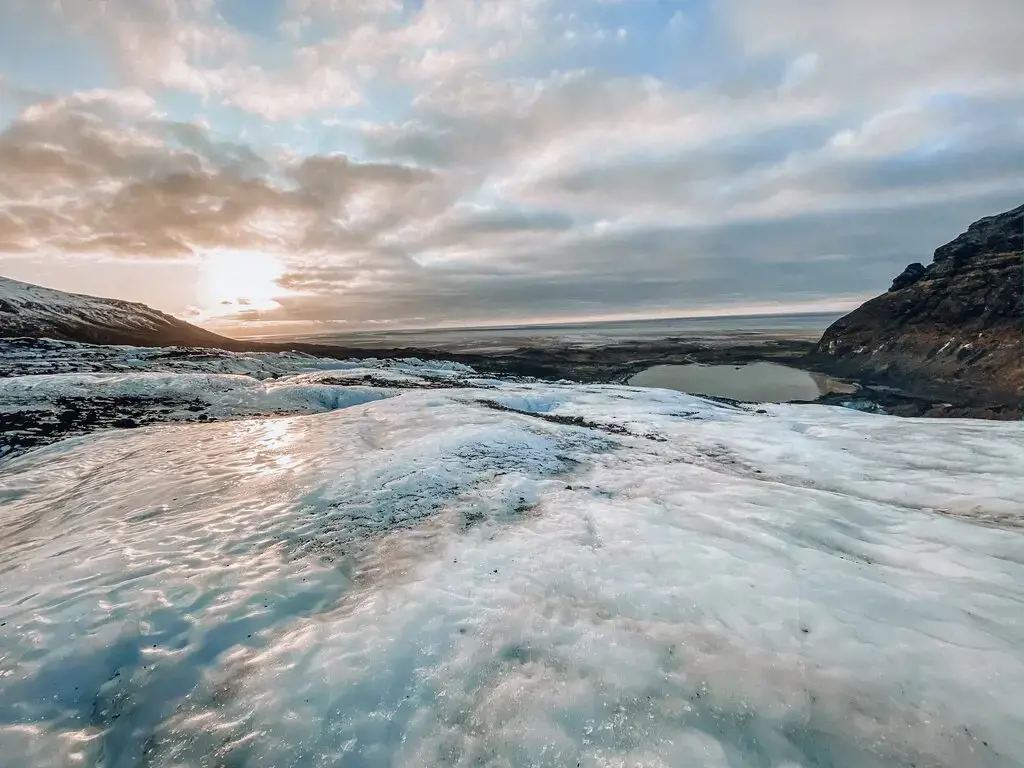
Iceland has been a tourist hotspot for quite some time now, and November is one of the best months to experience the beauty of this country. The weather may be cold and windy, but that is what Iceland is all about in November. With plenty of things to do and see, Iceland offers its visitors an unmatched experience.
One of the best activities that one can indulge in during November in Iceland is to take a dip in the famous Blue Lagoon. The Blue Lagoon is a man-made geothermal spa located in a lava field in Grindavik on the Reykjanes Peninsula. The lagoon is a natural hot spring, which is heated by volcanic activity and is known for its therapeutic properties.
If you are planning to visit the Blue Lagoon in Iceland in November, you should be prepared for a unique experience. The water in this geothermal spa is between 37°C and 40°C, whereas, the air outside can be freezing, so it is essential to dress up accordingly. If you have long hair, it is advisable to keep it tied up, so it does not get wet, as the cold November weather can make it absolutely unbearable.
The Blue Lagoon is an excellent spot to relax, unwind and take some breathtaking photographs. The view of the surrounding mountains with the contrasting blue water is spectacular. The lagoon is a perfect place to experience the magic of Iceland during the winter months. To make the experience even more memorable, visitors can book spa treatments such as massages, skincare or even head and neck massages.
The Blue Lagoon is not just a tourist destination, but it is also an important research and development center. The lagoon offers visitors a chance to learn about the inner workings of geothermal energy and how it is harnessed to create a relaxing spa experience.
In conclusion, Iceland offers an unmatched experience for tourists, particularly during the winter months. November is a great time to visit and take a dip in the Blue Lagoon. The warm, therapeutic waters of the lagoon along with the surrounding natural beauty make for a truly memorable experience for visitors. So, pack your bags, get your cameras ready, dress warm and head to Iceland to experience the magic of the Blue Lagoon.
14 Free Things to Do in Jacksonville
You may want to see also

Glacier hiking
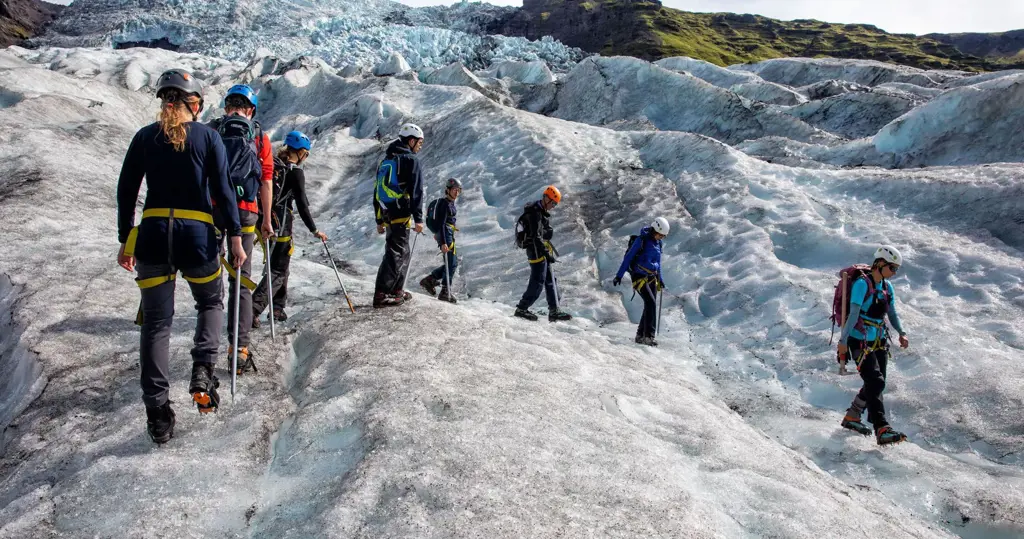
Iceland is a breathtaking place to visit any time of the year, but November has its unique advantages for tourists looking for an unforgettable experience. One of the most popular activities in Iceland is glacier hiking, where adventurous travelers can explore the stunning ice formations that dominate the landscape. In this article, we will dive into everything you need to know about glacier hiking in Iceland during November.
Firstly, it is worth noting that November is considered an offseason in Iceland, meaning fewer crowds and more peaceful hiking trails. However, the weather can be unpredictable, with the temperature ranging from -10°C(14°F) to 5°C(41 °F). Accordingly, make sure you pack warm clothing, including a good quality waterproof jacket and pants, hiking boots with crampons, a hat, gloves, and several layers of clothing.
When it comes to glacier hiking, Iceland has plenty of options to choose from. Depending on the levels of the hike you’re looking for, some glaciers are more accessible than others. Virkisjökull glacier, which is located on the southeast side of Vatnajökull glacier, is a popular spot for beginner hikers. The glacier has a gentle slope, and hikers are accompanied by experienced guides, who give ample introduction about the glacier world.
Alternatively, for people seeking more of a challenge, Sólheimajökull is located on the south of Iceland and is known for its crevasses, ice pillars and keep on shifting glacier tongue. Summiting Sólheimajökull requires more physical fitness and stamina, but the unforgettable views make it a must-do experience for all trekking enthusiasts.
Furthermore, Iceland has several tour companies that offer daily guided glacier hikes year-round, including November. Glacier hiking tours in November start early morning to ensure they can accommodate for less daylight, which is essential during the winter months. It is crucial to book a tour in advance to secure your spot on a group and get the best possible experience with one of the many reputable companies out there.
In conclusion, glacier hiking in Iceland during November is an unforgettable and unique experience. The landscape is stunning, and the reduced number of visitors during the offseason means you will get to enjoy the hike with fewer people in your group. Remember to pack appropriately for cold weather, and research well about the tour companies to secure yourself a safe and enjoyable adventure.
13 Fun Activities to Experience in Pacific Beach, WA
You may want to see also

Horseback riding
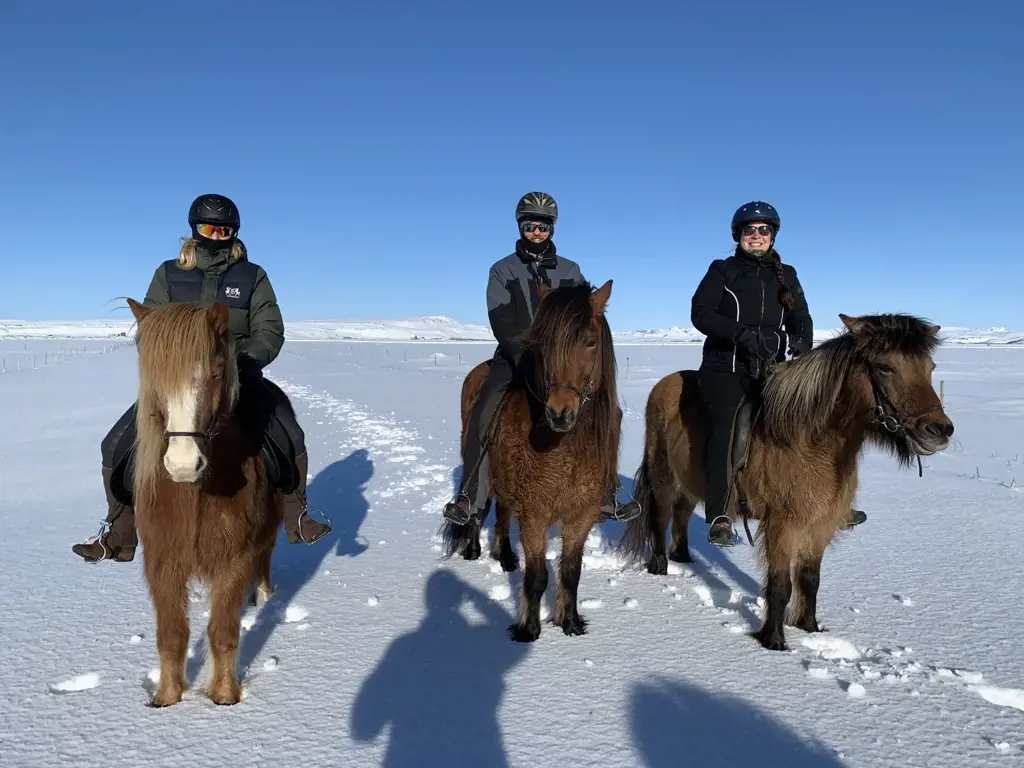
November is a great month to go horseback riding in Iceland. The scenery during this time of year is breathtaking, with snow-capped mountains and the Northern Lights adding to the natural beauty of the land. The cool temperatures make for a comfortable ride, and you can even enjoy a hot cup of cocoa or coffee while taking in the sights.
When planning your horseback riding adventure in Iceland, there are a few things to consider. Firstly, make sure to dress appropriately for the weather. November can be quite cold in Iceland, so it is essential to wear warm layers and waterproof clothing. Additionally, make sure to wear proper footwear that will keep your feet warm and dry.
There are many excellent horseback riding tours available in Iceland, ranging from short half-day trips to longer multi-day adventures. These tours cater to all skill levels, from beginners to experienced riders. You can choose from a variety of trip options, including trail rides, treks across the countryside, and expeditions to remote regions.
One of the most popular horseback rides in Iceland is the Golden Circle tour. This tour takes you through some of the country's most scenic areas, including Thingvellir National Park, which is a UNESCO World Heritage site. You'll also visit the Geysir geothermal area and the stunning Gullfoss waterfall. This tour is an excellent option for those who want to experience Icelandic nature and culture firsthand while enjoying a horseback ride.
Overall, horseback riding is a fantastic way to explore Iceland during November. With its stunning landscapes, cool temperatures, and incredible natural beauty, Iceland is the perfect destination for a horseback riding adventure. Whether you're an experienced rider or a beginner, there's something for everyone when it comes to horseback riding in Iceland. So why not saddle up and explore the beautiful country on horseback?
13 Exciting Things to Do in De Pere WI
You may want to see also

Ice cave exploration
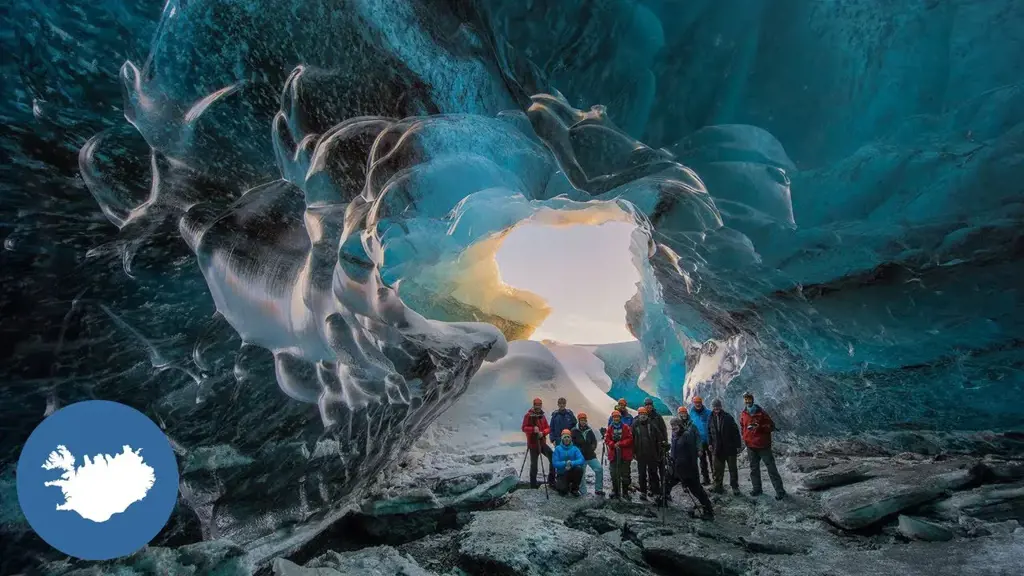
November is a great time to visit Iceland for the adventure-seekers looking for a unique and thrilling experience. One of the most popular activities during this month is ice cave exploration, where you can get up close and personal with the spectacular glacial formations.
Ice caves are natural caves created by the melting and refreezing of glaciers. They are a stunning sight, with walls of blue ice that make it easy to forget where you are. Ice cave exploration is a thrilling experience, but it's not without its dangers. You should always go with a guide who knows the area and can keep you safe.
If you're planning to explore ice caves in Iceland during November, there are a few things you should keep in mind. The first is that weather conditions can be harsh and unpredictable, and it's crucial to dress appropriately. This means wearing warm layers, waterproof clothing, and sturdy, insulated footwear.
Another thing to consider is the limited daylight hours during November. This means that your time inside the ice caves may be somewhat limited, making it important to choose a tour that maximizes your time while taking safety into account.
When it comes to selecting a tour provider for your ice cave exploration experience, it's essential to choose a reputable company with a proven track record of safety and reliability. You should also look for a tour that includes all necessary equipment and supplies, as well as experienced guides who can impart knowledge about the area and its geology.
In conclusion, exploring ice caves in Iceland during November is a unique and thrilling way to experience the natural beauty of this remote and stunning country. With the right preparation, equipment, and guidance, you can safely enjoy the magic of these natural wonders and create unforgettable memories that will last a lifetime.
12 Fun and Exciting Things to Do in Milford, PA
You may want to see also

Visit the Jökulsárlón Glacier Lagoon
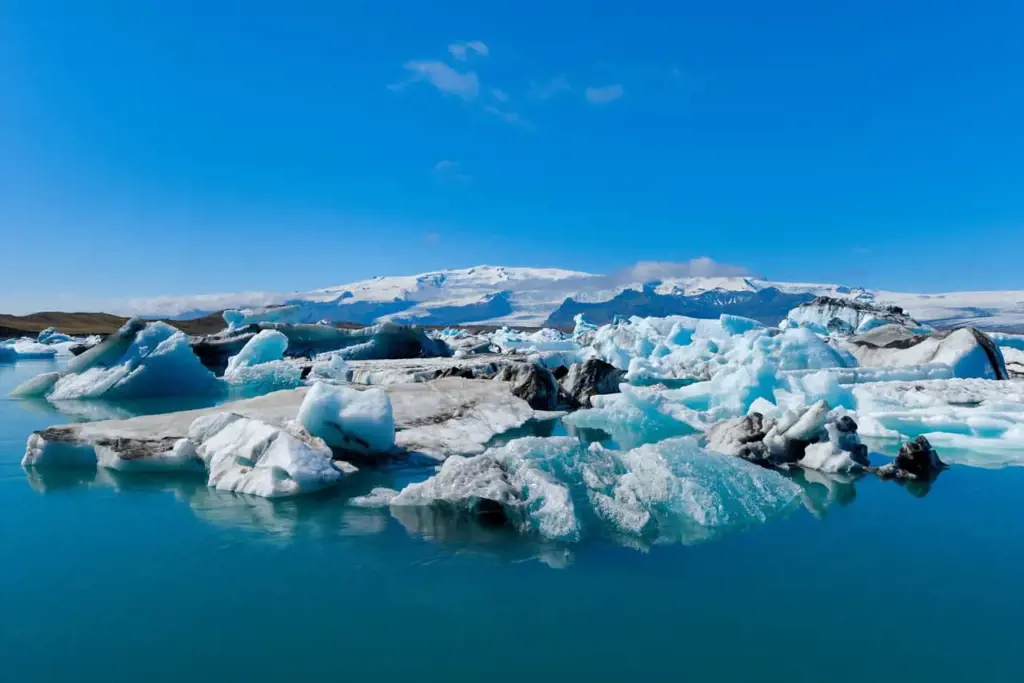
Iceland November: Visit the Jökulsárlón Glacier Lagoon
If you're planning a trip to Iceland in November, one must-visit destination that should be on your list is the Jökulsárlón Glacier Lagoon. Located in the southeastern part of the country, the Jökulsárlón Glacier Lagoon is a unique and picturesque natural wonder that offers a stunning view of glaciers, icebergs, and the Atlantic Ocean.
During your visit, you'll get a chance to see the amazing blue icebergs as they float into the lagoon, and then witness them break into smaller pieces and float out to sea. You can also take a boat ride around the lagoon, where you'll be able to get even closer to the icebergs, see some seals lounging on the shoreline or floating in the water, and admire the stunning landscape.
Visiting the Jökulsárlón Glacier Lagoon in November can offer a special experience. Since November is one of the coldest months in Iceland, you'll get to see the lagoon with a beautiful, snowy background. You'll also notice fewer tourists around, meaning you'll be able to experience the lagoon's serene beauty and tranquility in a more intimate way.
To make the most out of your visit to the Jökulsárlón Glacier Lagoon, it's best to come prepared. Due to the cold temperatures, it's important to dress warmly, especially if you're planning to take a boat ride. Make sure to wear sturdy shoes with good grip to walk around the icy lagoon's edge safely. Additionally, even though November is typically quieter for tourists, it's always a good idea to book your boat ride ahead of time.
Overall, if you're planning a trip to Iceland in November, don't miss the chance to visit the Jökulsárlón Glacier Lagoon. With its amazing blue icebergs, picturesque frozen landscape, and unique natural beauty, it's an unforgettable experience that you won't want to miss.
10 Best Activities to Experience in Leawood KS
You may want to see also

Snowmobiling on a glacier
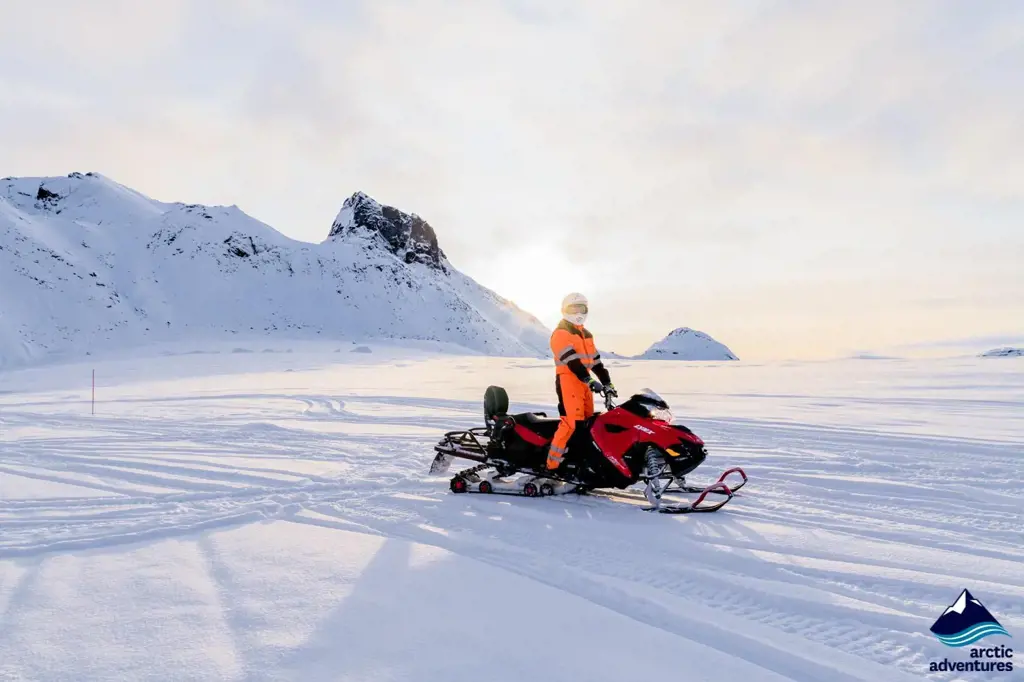
Winter is an enchanting and elusive season in Iceland. The bright, never-ending sun of the summer gives way to dark skies and snow-covered landscapes during November, turning the Nordic island into a winter wonderland. For adventure-seekers and thrill enthusiasts, this is the perfect time to experience snowmobiling on one of the glaciers in Iceland. In this article, we will explore what to expect when snowmobiling on a glacier in Iceland during November.
First, let's talk about the location. Iceland is home to several glaciers, but Langjokull, Vatnajokull, and Myrdalsjokull are the most popular ones for snowmobiling. Langjokull, meaning the "Long Glacier," is the second-largest glacier in Iceland, and is located in the west of the country. Vatnajokull, meaning "The Glacier of Rivers," is the largest glacier in Iceland, and is situated in the southeast. Myrdalsjokull, meaning "The Mire Mean Glacier," is located in the south of Iceland, and is home to one of the most famous volcanoes in the world - Katla.
Now let's talk about the snowmobiling experience itself. When you arrive at the glacier, you will be given proper gear, such as a warm snowsuit, gloves, and a helmet. After a brief safety briefing, you will ride on a snowmobile over the snow-covered glaciers, where you will be in awe of the natural beauty surrounding you. During November, the temperature varies, but it can be cold, so dressing warmly is important.
12 Romantic Activities to Experience in Williamsburg, VA
You may want to see also

Golden Circle tour
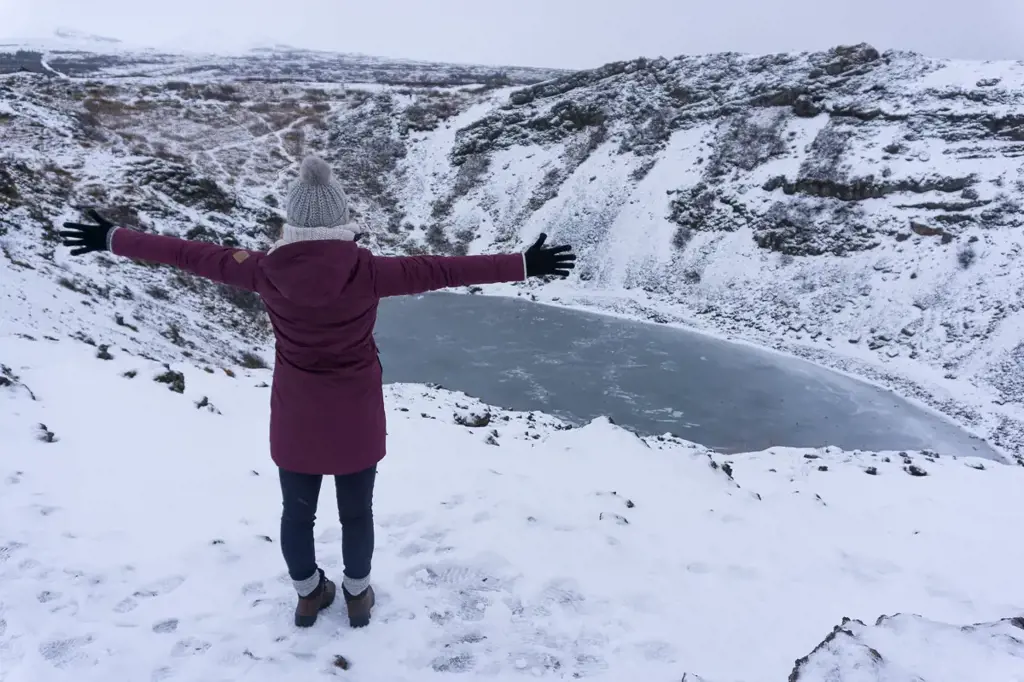
If you are planning a trip to Iceland in November, a Golden Circle tour should definitely be on your itinerary. The Golden Circle is a popular tourist route that will take you to three of Iceland's most spectacular natural attractions - the Geysir geothermal area, the Gullfoss waterfall, and the Thingvellir National Park.
The Geysir geothermal area is the first stop on the Golden Circle tour. Here you will witness the powerful burst of steam and boiling water of the Strokkur geyser, which erupts every 5-10 minutes. The area is also home to a number of hot springs and mud pools that create an otherworldly landscape.
The second stop on the Golden Circle tour is the Gullfoss waterfall, one of Iceland's most famous and impressive waterfalls. The waterfall is located in a canyon of the Hvítá river and is fed by the melting water from the nearby glaciers. In November, the waterfall may be partially frozen, adding to its already breathtaking beauty.
The final stop on the Golden Circle tour is the Thingvellir National Park, which is a UNESCO World Heritage site. The park is located in a rift valley where the North American and Eurasian tectonic plates meet. Here you will see the Silfra fissure, where you can snorkel or dive in the crystal clear water between the two tectonic plates.
Overall, the Golden Circle tour is a must-do experience for anyone visiting Iceland in November. The tour is particularly popular during this time of year as it offers a unique glimpse of Iceland's winter beauty. With stunning natural landscapes and unique geological features, the Golden Circle is a bucket-list item for any travel enthusiast visiting Iceland. So grab your camera and get ready for an unforgettable adventure!
12 Fun and Exciting Things to Do in Richmond, CA
You may want to see also

Whale watching
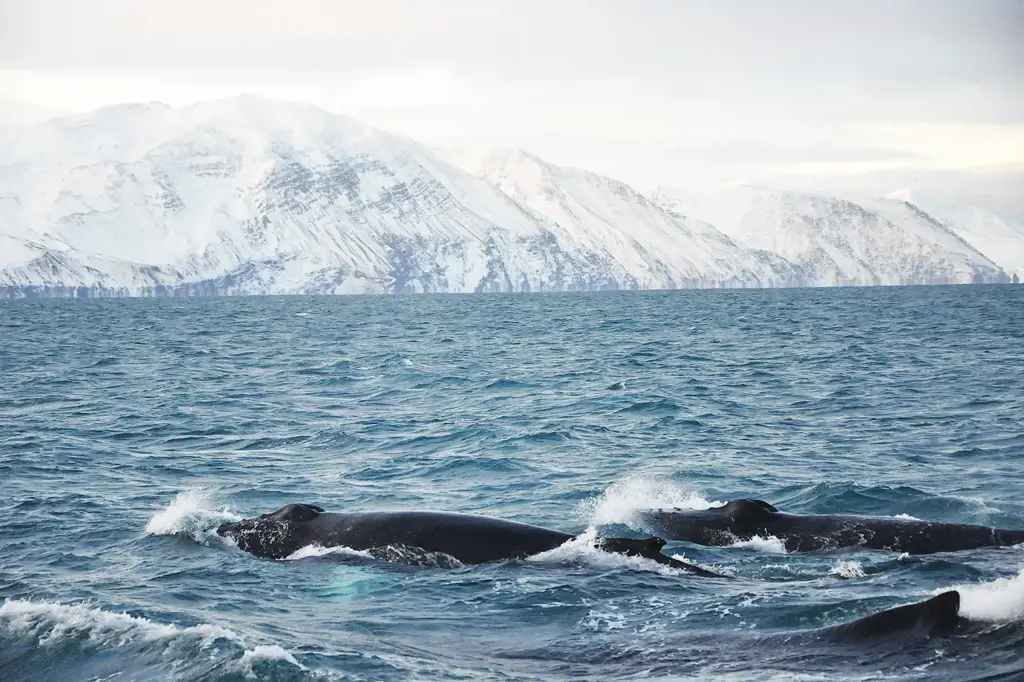
November might not be the most popular time to visit Iceland, but there are still plenty of activities to indulge in, including whale watching. Iceland is an ideal location for whale watching, and November offers a unique opportunity to view different types of whales, including orcas, minke whales, and humpback whales.
Iceland's rich marine life is a top attraction for tourists, and November is no exception. The peak season for whale watching is from April to October, but November is the beginning of the winter season, which makes it an excellent time to witness the migration of the humpback whales as they swim towards the Caribbean for breeding. Orcas are also a common sight in November, and they are known for hunting in pods, making for a fascinating viewing experience.
Several companies in Iceland offer whale watching tours throughout the year, and November is a great time to embark on one of these tours. Visitors can expect to spend around two to three hours on the boat observing the whales as they jump, swim, and play in the frigid waters. The cold weather will be a factor while on board, so it is essential to dress appropriately with warm clothes and waterproof gear.
One of the best places to go whale watching in Iceland is the town of Husavik, situated in the northeast of the country. Husavik is known as the whale-watching capital of Iceland and offers some of the best whale watching experiences in the world. The town is considered a top destination for spotting humpback and minke whales, making it an ideal location to visit in November.
In conclusion, whale watching is a fantastic activity to experience during a trip to Iceland in November. The winter season offers a unique window to see a different array of whales, making it an unforgettable experience for all. With the right clothing and a reputable tour operator, visitors can enjoy a memorable whale watching experience in the natural beauty of Iceland.
13 Fun Things to Do in Madison, Indiana
You may want to see also

Attend Iceland Airwaves music festival
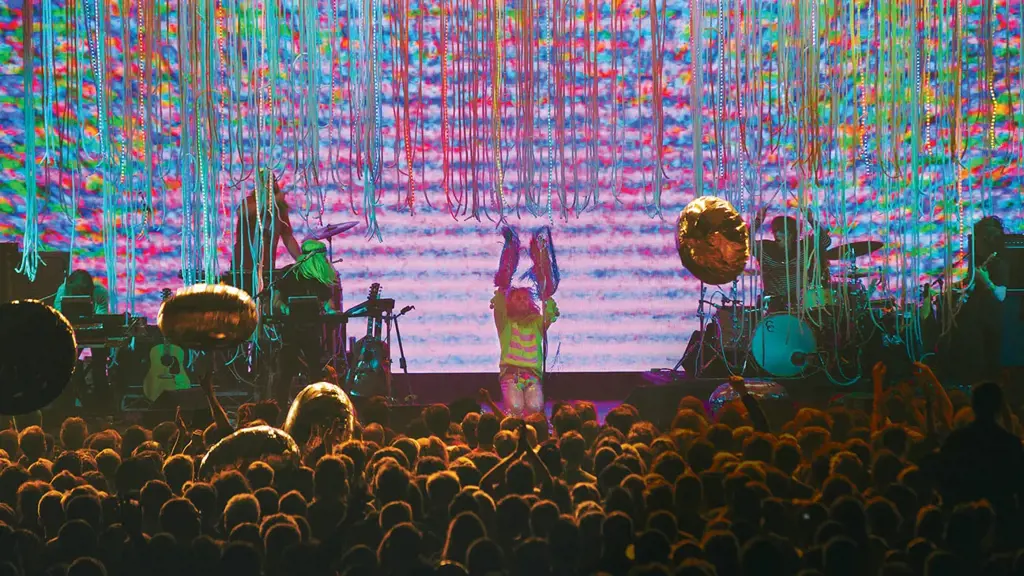
If you love music and are looking for a unique experience this November, attending the Iceland Airwaves music festival should be on your bucket list. This annual event takes place over five days in Reykjavik, Iceland, and is considered one of the hottest music festivals in Europe. With over 130 acts scheduled to perform at various venues, Iceland Airwaves offers a diverse selection of music from local and international artists.
One of the biggest draws of the festival is its unique setting. Reykjavik in November can be chilly, with temperatures ranging from 0-5°C, but the city still manages to maintain its charm. The winter nights in Iceland are long, but during the festival period, the city comes alive with a warm and inviting atmosphere. Iceland's scenery is breathtaking, with natural wonders like the Northern Lights and the Blue Lagoon waiting for you to explore.
The festival not only offers great music but also provides attendees with the chance to experience Icelandic culture. The event features an array of local food vendors and alcoholic beverages, including Icelandic craft beers and Brennivin - a popular local liquor. A diverse range of songs and tunes reveal Iceland's unique musical and cultural heritage and all add to the atmosphere of the festival.
The lineup for the festival is jam-packed, making it impossible to catch every act; but every artist is worth watching. The stages are scattered throughout Reykjavik, ranging from cafes and bookstores to museums and concert halls. You'll have the chance to see both upcoming and established artists. Previous headliners for the festival have included international superstars like Fleet Foxes, Sigur Ros, and Bjork, to name a few.
If you want to make the most out of your festival experience, there's so much more to see in Iceland. You can do amazing tours in the surrounding regions during the day and attend the main events in the evenings. You can participate in exhilarating activities such as glacier hikes, snowmobiling, and whale watching. Iceland is also home to numerous hot springs, making it the perfect destination for a relaxing spa experience.
In conclusion, attending the Iceland Airwaves music festival in November is a unique experience that you won't forget. You'll be able to experience Iceland's beautiful scenery, rich musical culture, and unique winter atmosphere. Whether you're interested in acclaimed local bands or international superstars, the festival promises to deliver an excellent and memorable experience. Don't miss your chance to enjoy the music festival and explore Iceland!
12 Awesome Dog Friendly Activities in Denver
You may want to see also

Explore Reykjavik's art galleries and museums

Iceland is a country famous for its breathtaking natural beauty and exciting outdoor adventures, but did you know that Reykjavik is also home to a vibrant art scene? During your visit to Iceland in November, be sure to explore the many art galleries and museums in the city to delve deeper into Icelandic culture and history.
The National Museum of Iceland is a must-visit for any history buff. The museum’s permanent exhibition, “Making of a Nation,” follows the history of Iceland from settlement to the present day. Visitors can explore artifacts, photographs, and documents that tell the story of Iceland’s unique culture and identity. The museum also hosts temporary exhibitions throughout the year, so be sure to check their website for current shows.
If contemporary art is more your style, head to the Reykjavik Art Museum. This museum has three different locations, each with its own focus. Hafnarhús is all about contemporary art, focusing on works by Icelandic artists from the 1960s to today. Kjarvalsstaðir is home to works by Jóhannes Kjarval, one of Iceland’s most renowned painters. And finally, Ásmundarsafn is dedicated to the works of sculptor Ásmundur Sveinsson.
For a more immersive experience, take a walking tour of Reykjavik’s street art scene. The city is covered in graffiti and murals that showcase the talents of local artists. Many of these artworks address social and political issues, making them a great way to learn about the issues that matter to Icelanders.
Finally, don’t miss the chance to visit some of Reykjavik’s smaller art galleries. These venues often showcase emerging artists and offer a more intimate look at Iceland’s art scene. Some of the best galleries to check out include Listastofan, Gallerí Fold, and i8 Gallery.
In conclusion, Iceland in November is a perfect time to explore the city’s art galleries and museums. Whether you’re interested in history, contemporary art, or street art, Reykjavik has something to offer. So why not take a break from the great outdoors and soak up some culture during your visit to Iceland?
13 Fun and Exciting Things to Do in Goshen, NY
You may want to see also

Visit the Vatnajökull National Park
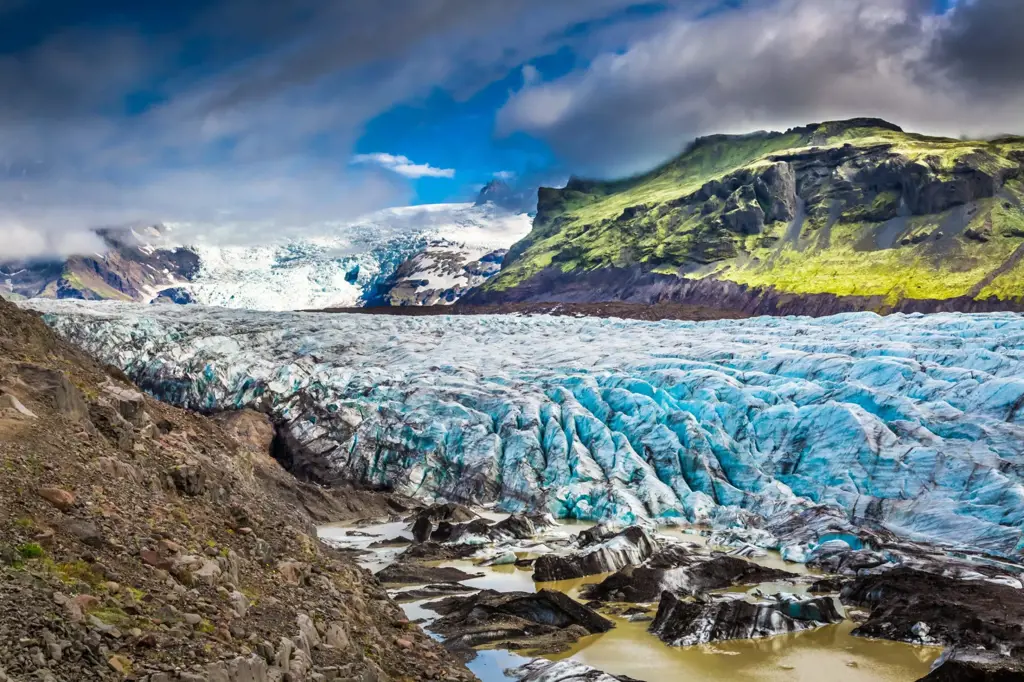
November is an excellent month to visit Iceland for many reasons, one being the chance to explore the Vatnajökull National Park. This park is located in southeastern Iceland, and it covers an area of about 14,000 square kilometres. The park comprises magnificent glaciers, stunning waterfalls, vast canyons, and an assortment of glacial rivers that are worth exploring.
Visiting the Vatnajökull National Park in November comes with its own unique advantages. For starters, it is the low season, which means there are generally fewer crowds; hence it is easier to access and explore the park without being overwhelmed. Additionally, November marks the beginning of winter, which means that the frozen landscape of the national park is especially enchanting.
The park's main highlight is the Vatnajökull Glacier, the largest glacier in Europe. It is possible to do glacier hikes or take on a snowmobile tour across the icy plains under guidance from the park rangers. The scenery is awe-inspiring, and visitors can witness Iceland's wilderness, the rugged peaks, and blue glaciers that reflect the sun in wintertime.
Another remarkable thing about Vatnajökull National Park is that it is home to some of the most majestic waterfalls in the country. Two of the most popular falls in the park are Svartifoss and Dettifoss; these waterfalls are outstanding and photograph well under the icy conditions. Some of the park's other well-known amenities include ancient glaciers, volcanic valleys, and the unique Jökulsárlón lagoon, a place with several stunning ice caves on the margins of the glacier.
It is worth mentioning that visiting the Vatnajökull National Park in November is not all sunshine and roses. The weather in Iceland is unpredictable, and temperatures are often below freezing, especially at higher altitudes. Wearing warm clothes, including thermal layers, and snow boots, is essential. It is advisable also to follow the park rangers' instructions and have the proper gear if treks are undertaken.
In conclusion, visiting Vatnajökull National Park during November is a fantastic experience, as the park's frozen beauty is evident during this month. While Iceland's weather may be harsh, it adds to the park's charm and wildness. If you want to explore the park's breathtaking glaciers, waterfalls, and landscapes, November is the perfect month for you. Don't hesitate to pack up and explore Iceland's Vatnajökull National Park in November.
12 Fun Things to Do in Burlington WI
You may want to see also
Frequently asked questions
Some popular activities to do in Iceland in November include visiting the Blue Lagoon, hunting for Northern Lights, exploring glaciers, and taking a dip in hot springs.
Yes, it is worth visiting Iceland in November as it is the shoulder season and you can avoid the crowds. Additionally, November is the start of the Northern Lights season, and the weather conditions are perfect for seeing the Aurora.
When visiting Iceland in November, it is recommended to bring warm and waterproof clothing, gloves, scarfs, and hats. Additionally, it is ideal to bring thermal layers, sturdy hiking boots, and a camera to capture the beauty of Iceland's landscapes.








3 Comments
Henri Jacobs
Julius Graves
Jose Ramos
Author